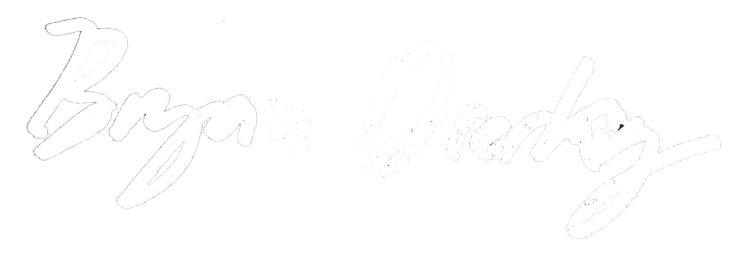New Static Fire System in the Works
We are planning to revamp our Static Fire System, and will be addressing troublesome aspects of our past system in the new design.
Our last engine firing, in the YouTube video below, showed signs of an initially fuel-rich burn. The hard start could have resulted in a failure, but stabilized into a characteristic burn about half a second into the firing.
There are several aspects that could have caused this hard start. One likely reason is that a previous scrubbed firing attempt, which depressurized and expelled the JP4 and Lox through the engine, might have left a pool of kerosene in the curved lower half of the combustion chamber - unknown to us - and eventually causing the fuel-rich plume when we recycled and fired again.
This problem could have been averted with a Static Firing System that mounts the engine with a downward tilt (nozzle angled slightly down), which would allow any kerosene from a previous firing or any that comes out due to an unintended leak to drip out of the combustion chamber.
SEDS' current SFS now has 3 firings under its belt, but it's time for a few improvements.
Another key issue is our tank fill levels. In the firing video, once the engine thrusting has ended, a large amount of kerosene can be seen gushing out of the engine. This is because our Lox tank was drastically under filled. The current method we have been using to fill our lox is a simple visual confirmation of venting, which should indicate the liquid has reached the maximum fill, but in practice this is much more difficult when you are out in the middle of the Mojave.
Our refurbished SFS will hopefully have recording scales beneath both the fuel and oxidizer tanks to confirm fill levels in the most direct way possible. The fill tubing for the tanks can be replaced with flexible hoses and the weight of the tanks can be tared out. This will also give us a fuel and lox flow rate which we can compare to our already installed turbine flow meters.

